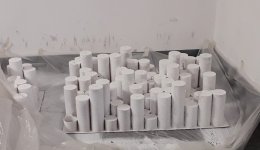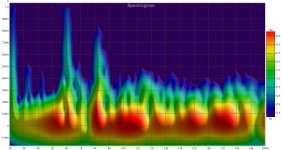I would like to use the elements of a skyline diffuser i'm building as Helmholtz's absorbers to kick off the modal resonances of a little listening room.
Both have a narrow bandwidth and it is not possible to couple them by models (IMMO).
So I have to misure.
How?
Hitting the cavity by tapping? ... blowing in the hole
 ? ... noise?
? ... noise?

For the larger element, the original formula predicts the resonance at 140 Hz, and I see (empty cavity, mic in the cavity),
...
Both have a narrow bandwidth and it is not possible to couple them by models (IMMO).
So I have to misure.
How?
Hitting the cavity by tapping? ... blowing in the hole

 ? ... noise?
? ... noise?
For the larger element, the original formula predicts the resonance at 140 Hz, and I see (empty cavity, mic in the cavity),
...
... my first mistake: for the larger element, the original formula predicts the resonance at 80 Hz.
I see, tapping on the element:
then, blowing in the hole:
but I have not enough power here to use noise.
...
I see, tapping on the element:
An externally hosted image should be here but it was not working when we last tested it.
then, blowing in the hole:
An externally hosted image should be here but it was not working when we last tested it.
but I have not enough power here to use noise.
...
For the smaller resonator the formula predicts, 205 Hz and I see, tapping, blowing and using pink noise...
But now I think that the predictions of the formula are more accurate than my measurement and more precise than the holes I have drilled.
But now I think that the predictions of the formula are more accurate than my measurement and more precise than the holes I have drilled.
Attachments
Damping
The prediction says 132 Hz for the element 15cm long.
My measurements say 147 Hz by tapping, blowing, or noising the empty resonator.
Maybe not rigid walls? Not sealed cavity? Dimensional error of the hole?
With the cavity losely filled with acrilic adsorber, I see 136Hz, and a larger chart.
They say that an Helmholtz resonator draws energy from the sound field, and partly dissipates it. Good
Partially it returns energy into the room, with a different phase. Good.
For a period of time that may be too long, damaging the decay. Not good.
Is there an empirical rule to handle this?
The prediction says 132 Hz for the element 15cm long.
My measurements say 147 Hz by tapping, blowing, or noising the empty resonator.
Maybe not rigid walls? Not sealed cavity? Dimensional error of the hole?
With the cavity losely filled with acrilic adsorber, I see 136Hz, and a larger chart.
They say that an Helmholtz resonator draws energy from the sound field, and partly dissipates it. Good
Partially it returns energy into the room, with a different phase. Good.
For a period of time that may be too long, damaging the decay. Not good.
Is there an empirical rule to handle this?
Attachments
Nice experimentation!
As you have already noticed, stuffing the tubes with an absorbing material lower the tuning frequency but also gives a lower Q, meaning a lower peak in absorption, but more spread, which in some cases is a better option.
Try painting the tubes with some hardening resin, it should help you better match the predictions from the simulation.
As you have already noticed, stuffing the tubes with an absorbing material lower the tuning frequency but also gives a lower Q, meaning a lower peak in absorption, but more spread, which in some cases is a better option.
Try painting the tubes with some hardening resin, it should help you better match the predictions from the simulation.
Thank you so much for your encouragement.
Epoxy would be an optimal treatment for rigidity, sealing and bonding. But it is expensive for an artifact with an uncertain result. I hate polyester resin.
I think I can use an immersion in vinyl glue.
Any suggestion?
Can't wait for the next diy session.
Epoxy would be an optimal treatment for rigidity, sealing and bonding. But it is expensive for an artifact with an uncertain result. I hate polyester resin.
I think I can use an immersion in vinyl glue.
Any suggestion?
Can't wait for the next diy session.
It looks like the tubes are made of cardboard? You could try brushing them with a 50/50 mixture of Titebond and water. I use that to seal my mdf enclosures sometimes. It soaks in some and leaves a decently smooth exterior. Trial it with one. Also could maybe coat them with Shellac or polyurethane or some other hardwood floor finish?
Painted.
The finish is not suitable for a living room. Perhaps an elastic and tight fabric could show its beautiful shapes and hide defects.
I hope to make room measurements in the first days of the year ...
You can't put elastic or fabric across the front. it will interfere with how the resonator/diffuser works if I remember my physics right. Fabric can be put over plain absorbers.
- Status
- This old topic is closed. If you want to reopen this topic, contact a moderator using the "Report Post" button.
- Home
- General Interest
- Room Acoustics & Mods
- Helmholtz for a dummy
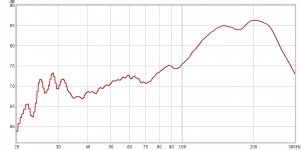
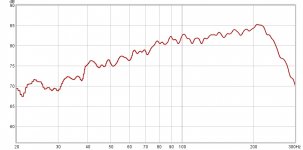
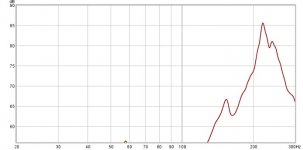
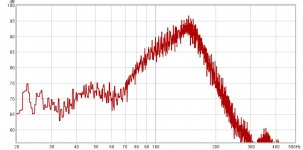
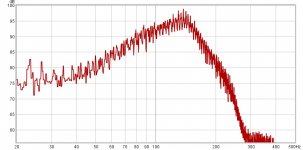
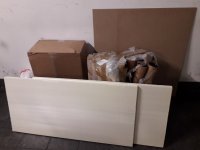
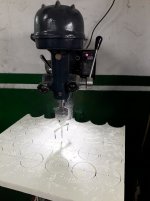
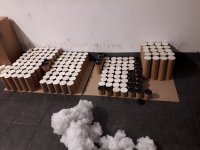
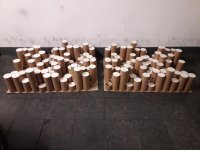


 ...
...